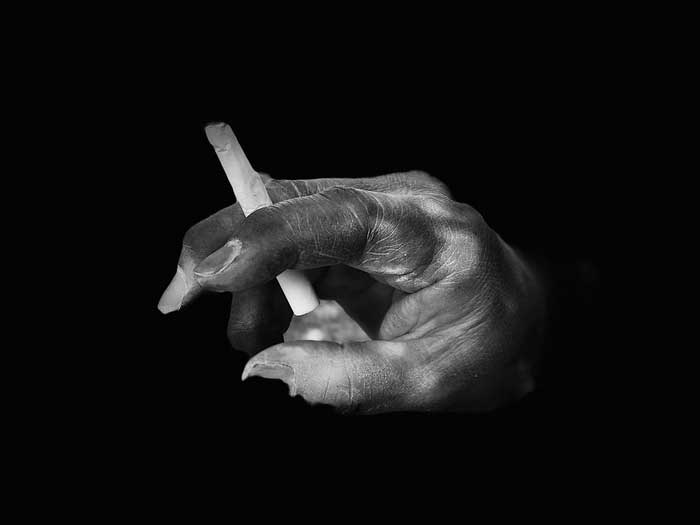
Thirdhand smoke (THS) can trigger skin diseases, according to new research.
THS comprises the residual pollutants from tobacco smoke that remain on surfaces and in dust after tobacco has been smoked. It can remain on indoor surfaces indefinitely.
A team led by researchers at the University of California, Riverside has found that acute exposure of the skin to THS elevates biomarkers associated with the initiation of skin diseases, such as contact dermatitis and psoriasis.
“We found exposure of human skin to THS initiates mechanisms of inflammatory skin disease and elevates urinary biomarkers of oxidative harm, which could lead to other diseases, such as cancer, heart disease and atherosclerosis,” said Shane Sakamaki-Ching, a specialist in cell, molecular and developmental biology, in a statement. “Alarmingly, acute dermal exposure to THS mimics the harmful effects of cigarette smoking.”
Published in eBioMedicine, the study is the first to be performed on humans exposed dermally to THS.
The clinical investigation, which took place at the University of California San Francisco, involved the participation of 10 healthy nonsmokers who were 22 years old to 45 years old. For three hours, each participant wore clothing impregnated with THS and either walked or ran on a treadmill for at least 15 minutes each hour to induce perspiration and increase uptake of THS through the skin. The participants did not know the clothing had THS. Blood and urine samples were then collected from the participants at regular intervals to identify protein changes and markers of oxidative stress induced by the THS. Control exposure participants wore clean clothing.
“We found acute THS exposure caused elevation of urinary biomarkers of oxidative damage to DNA, lipids and proteins, and these biomarkers remained high after the exposure stopped,” said Sakamaki-Ching, now a research scientist at Kite Pharma in California, where he leads a stem cell team. “Cigarette smokers show the same elevation in these biomarkers. Our findings can help physicians in diagnosing patients exposed to THS and help develop regulatory policies dealing with remediation of indoor environments contaminated with THS.”
The study was supported by grants to Talbot and Schick from the Tobacco-Related Disease Research Program of California.










